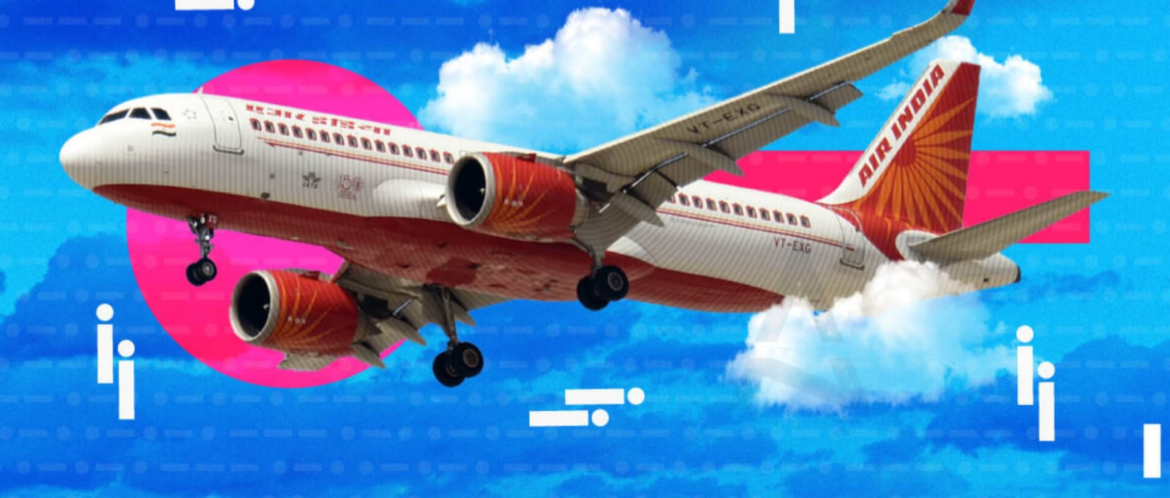Air India, once a symbol of Indian aviation excellence, finds itself at a crossroads in its journey toward regaining its former glory. In this quest, lessons from the airline’s founder, JRD Tata, are not merely historical anecdotes but essential insights that could inform contemporary practices. Tata, an industrialist and aviator known for his meticulous attention to detail, set high standards during his tenure as head of Air India. His blue notes, filled with observations and recommendations, reflect an era where customer experience was paramount.
One notable instance occurred in 1951 when Tata, while aboard an aircraft (VT-DAR) on a European route, took the time to note the discrepancies in seat recline angles. His observation highlighted a key aspect of passenger comfort: “Some of the seats reclined much more than the others,” he wrote, suggesting a uniform adjustment for all seats, except for those restricted by bulkheads. This seemingly minor detail speaks volumes about Tata’s commitment to ensuring a consistent and enjoyable experience for all passengers, regardless of where they were seated.
Fast forward to today, and it is evident that Air India has yet to fully embrace the lessons from its founding father. While the airline has made strides to modernize its fleet and services, there remains a glaring disconnect between Tata’s principles and the current operational practices. The inconsistency in service quality, along with a lack of attention to detail, has continued to plague Air India, diminishing the customer experience that Tata so diligently cultivated.
JRD Tata believed that aviation was not just about transporting passengers from point A to point B but about providing an experience that made them feel valued and respected. This philosophy is crucial in a competitive aviation market where customers have numerous choices. In contrast, Air India’s recent struggles, including high cancellation rates, customer service complaints, and inconsistent in-flight experiences, suggest a departure from Tata’s original vision.
Moreover, Tata’s commitment to employee welfare and service excellence laid the foundation for a strong organizational culture. He understood that satisfied employees would translate into satisfied customers. This lesson is crucial for Air India, which has faced criticism regarding staff morale and engagement. A renewed focus on employee satisfaction and training can foster a culture of service that aligns with Tata’s ideals and resonates with today’s passengers.
In addition to operational improvements, Air India could benefit from Tata’s forward-thinking approach to innovation. During his tenure, he was not afraid to embrace change, whether through modernizing aircraft or adopting new technologies. For instance, Tata championed the use of the Lockheed Constellation aircraft, which was a technological marvel of its time. Air India must similarly look to the future, investing in digital transformation, enhancing customer service through technology, and embracing sustainability in operations.
Furthermore, Tata understood the importance of branding and reputation. He built Air India’s image as a premier international airline, synonymous with quality and excellence. However, recent years have seen Air India struggle with its brand identity, often overshadowed by competitors. A renewed focus on branding, customer engagement, and community relations could help restore the airline’s reputation and align it with Tata’s legacy.
As Air India seeks to navigate its challenges, the insights from JRD Tata remain highly relevant. His attention to detail, commitment to passenger comfort, emphasis on employee satisfaction, embrace of innovation, and dedication to building a strong brand provide a roadmap for the airline’s revitalization. By integrating these principles into its operations and culture, Air India can begin to reclaim its status as a leader in the aviation industry.
In conclusion, the legacy of JRD Tata is not just a nostalgic memory but a guiding force that can illuminate the path forward for Air India. The airline stands at a pivotal moment where it can choose to learn from its past and honor its founder’s vision. By doing so, it can restore its reputation, enhance customer experiences, and once again become a symbol of excellence in Indian aviation. Embracing Tata’s principles is not merely an option but a necessity for Air India’s survival and success in an increasingly competitive landscape.

